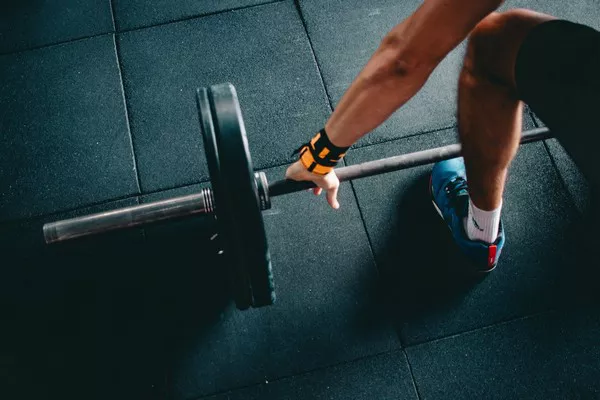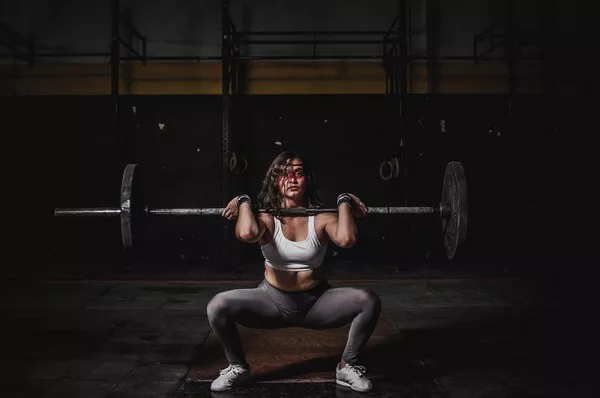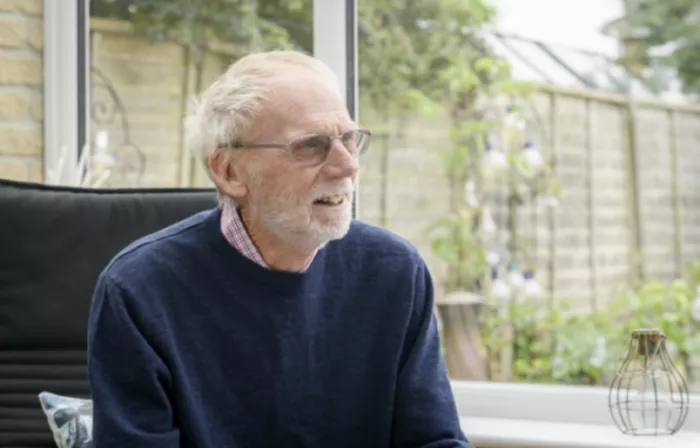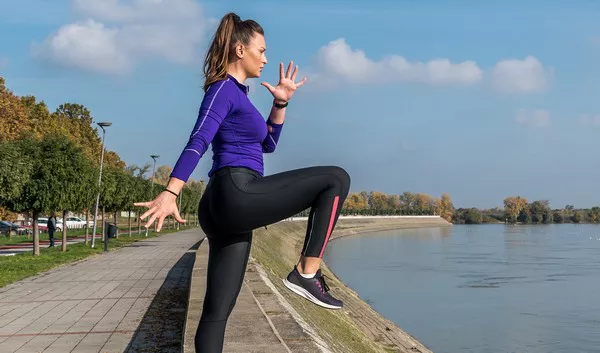In the age of social media and celebrity culture, beauty standards have evolved into a complex and costly pursuit. The latest trends in plastic surgery and cosmetic enhancements have become more refined, precise, and, for many, an unavoidable part of achieving an ideal appearance. With high-definition beauty ideals dominating the internet, women—especially young women—are facing mounting pressures to conform to increasingly unattainable standards.
The latest procedures include both invasive surgeries like facelifts and rhinoplasties, and non-invasive treatments such as Botox injections and facial fillers. These procedures have become not only more common but also more sophisticated, providing subtle enhancements that are difficult to detect. For example, a single Botox treatment can cost up to $1,500 for just 100 units, with effects lasting only four to six weeks.
Though women remain the primary clients for both invasive and non-invasive cosmetic procedures, an increasing number of men are also seeking cosmetic enhancements, and advertisements targeting men are becoming more prevalent. However, the emotional and financial burdens of meeting beauty standards continue to weigh heavily on women, particularly young women, who are often immersed in a celebrity-driven media culture that equates success with physical appearance.
The Pressure of Social Media and Beauty Standards
Recent studies have highlighted the growing importance of appearance in shaping both online visibility and real-world opportunities for young women. Beauty, once seen as a personal or private matter, has become a public performance, scrutinized not only by peers but also by a global audience. For many, the pressure to maintain a certain look is overwhelming and, often, unattainable.
In collaboration with sociologist Josee Johnston from the University of Toronto, I recently conducted an investigation into the ways young people engage with contemporary beauty standards. The findings suggest that many young women see beauty as a prerequisite for success, but the costs—both emotional and financial—are often too high. These women expressed frustration over the unattainable nature of these beauty ideals, and the overwhelming financial burden of keeping up with expensive procedures.
The Surge in Cosmetic Procedures
Twenty years ago, a surgical procedure to alter one’s face was seen as extreme. Today, the landscape has shifted dramatically. Non-surgical interventions, such as Botox and facial fillers, are among the fastest-growing cosmetic treatments in North America. According to the Academy of Plastic Surgeons, nearly 4.7 million Botox procedures were performed in 2023 alone, signaling the increasing normalization of cosmetic interventions.
These treatments offer quick fixes but come at a significant cost. Beyond surgery and injections, beauty products—ranging from skin creams to bronzers—are marketed with promises to “sculpt,” “lift,” and “relax” facial features, positioning these products as alternatives to more invasive procedures. Yet, even these products come with a hefty price tag, contributing to the culture of perfection that young women are expected to embody.
Economic and Emotional Costs
Many young women report feeling that interventions such as Botox and facial fillers have become essential components of the modern beauty standard. However, these procedures are often out of reach for the average person. While celebrities can afford ongoing treatments, most women face financial limitations and must either sacrifice other expenses or accumulate debt to meet these beauty standards.
The burden of constantly maintaining a certain appearance can be overwhelming, with many women feeling excluded from the beauty market or pressured to pursue costly interventions at great personal expense.
Challenging Beauty Standards
Despite these pressures, there are signs of resistance. Some young women have begun to push back against the culture of perfection, seeking alternative spaces that encourage a more critical view of beauty and self-worth. However, such spaces remain few and far between, making it difficult to escape the pervasive beauty ideals that dominate media and culture.
As sociologist Rosalind Gill notes, society often measures a woman’s success in terms of her physical appearance. This pressure is further compounded by the increasing commercialization of beauty, where appearance is marketed as a commodity. Yet, young women are not entirely passive in this narrative. Many actively seek to resist these norms, challenging both the beauty industry and the societal expectations that accompany it.
The ongoing evolution of beauty standards poses a dilemma for many young women, balancing personal identity with societal expectations, all while navigating the often hidden costs of maintaining a “perfect” appearance.
Related Topics


































